History
-
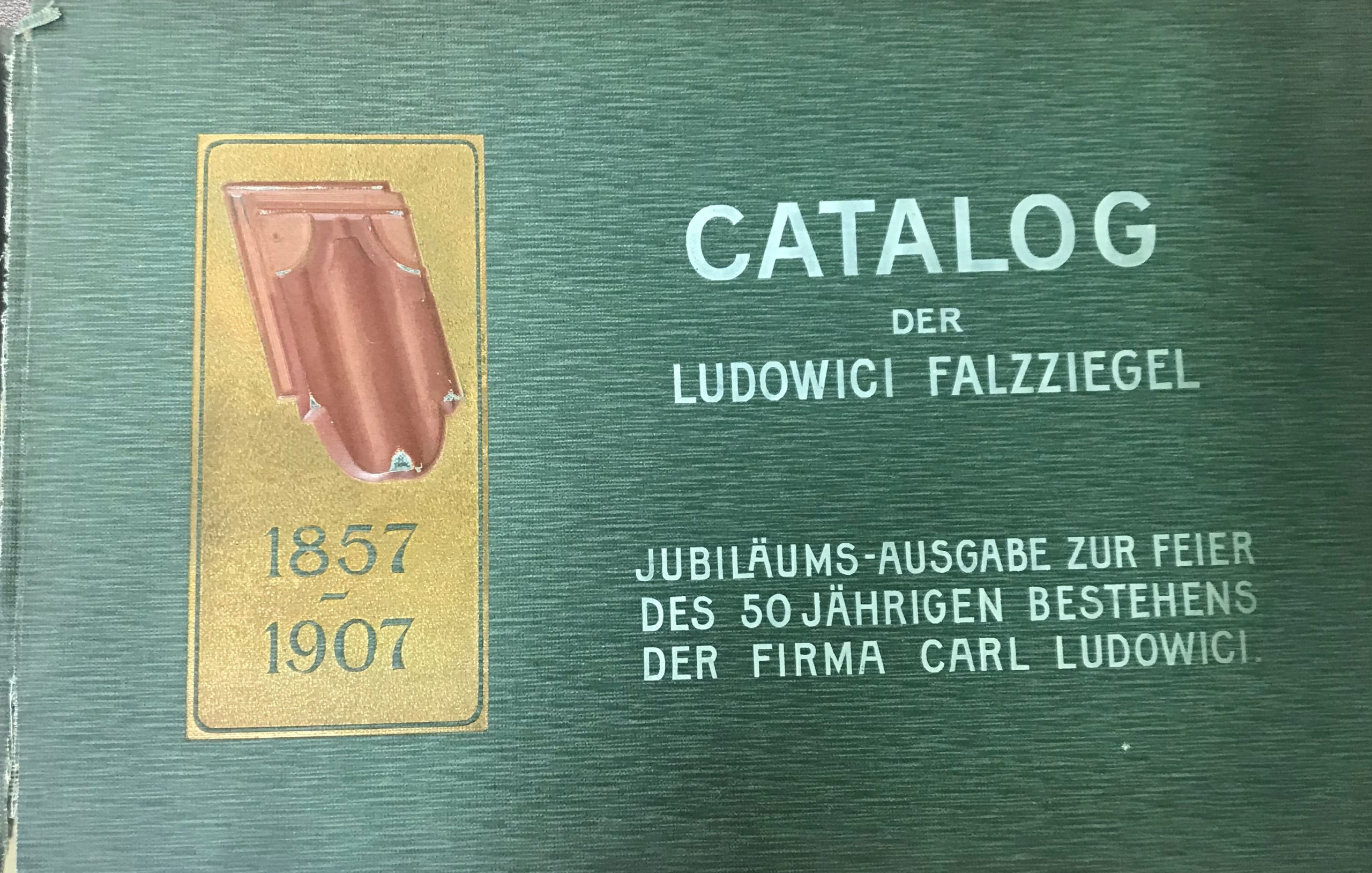
400 years ago
The Ludovisi Family
The Ludovisi family of Rome, Italy began producing expertly crafted clay roof tiles. By the late 1800’s, their descendant, Carl Ludowici, used this unique form of old-world craftsmanship in a roof tile factory of his own based in Chicago, Illinois. The popularity of his products led to the expansion of several more factories, until Ludowici was eventually consolidated into a single facility in New Lexington, Ohio.
-

1857
The Firm of Carl Ludowici
Carl Ludowici founds the Ludowici Tileworks in Ensheim, Germany. Driven by his innovations in manufacturing, it quickly grows and eventually relocates to Jockgrim, Germany.
-
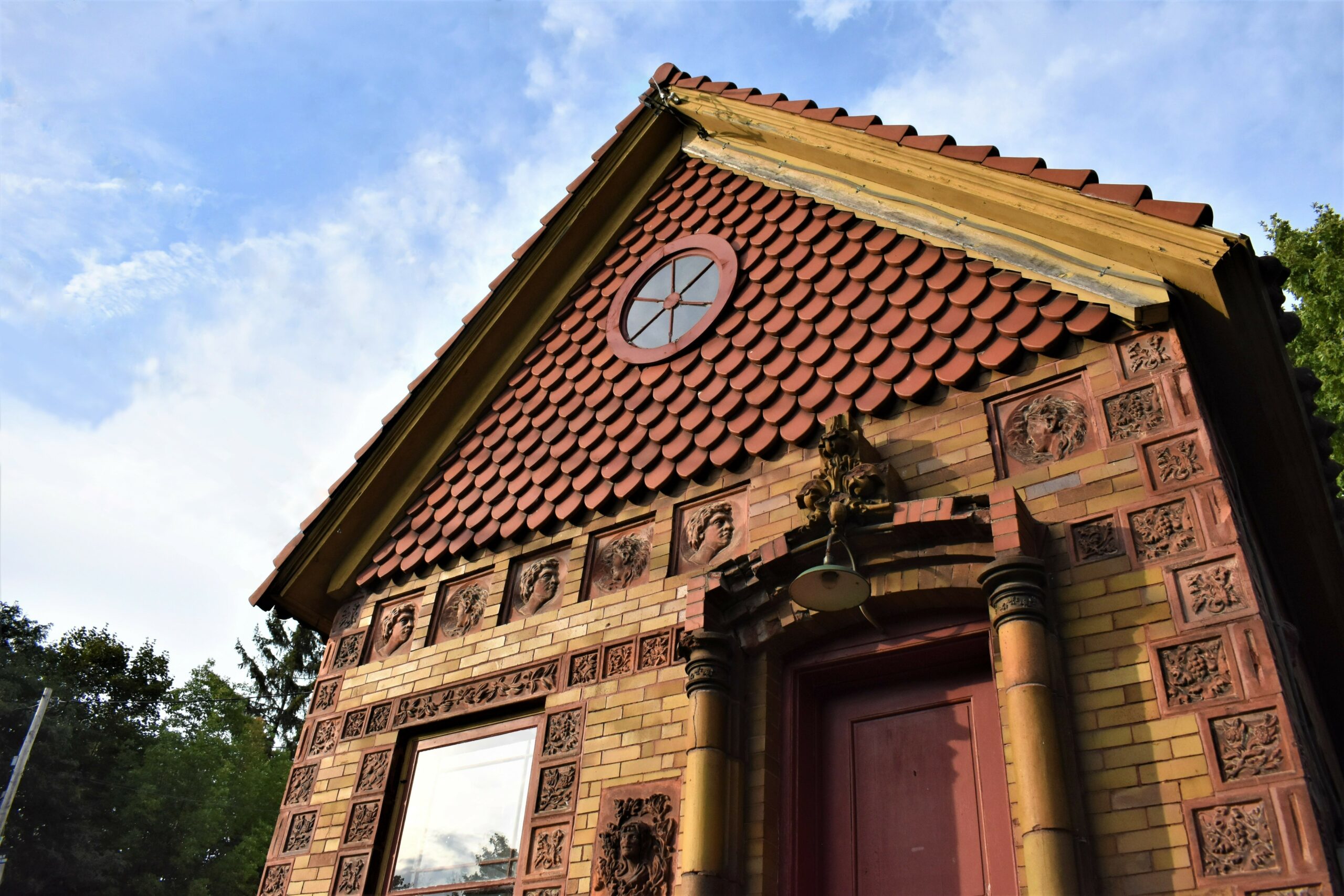
1888
Celadon Terra Cotta Company
Ludowici's American roots begin with the formation of the Celadon Terra Cotta Company in Alfred, NY. As the company grows it gains acclaim for its many durable and incredibly intricate designs and patterns of tile.
-
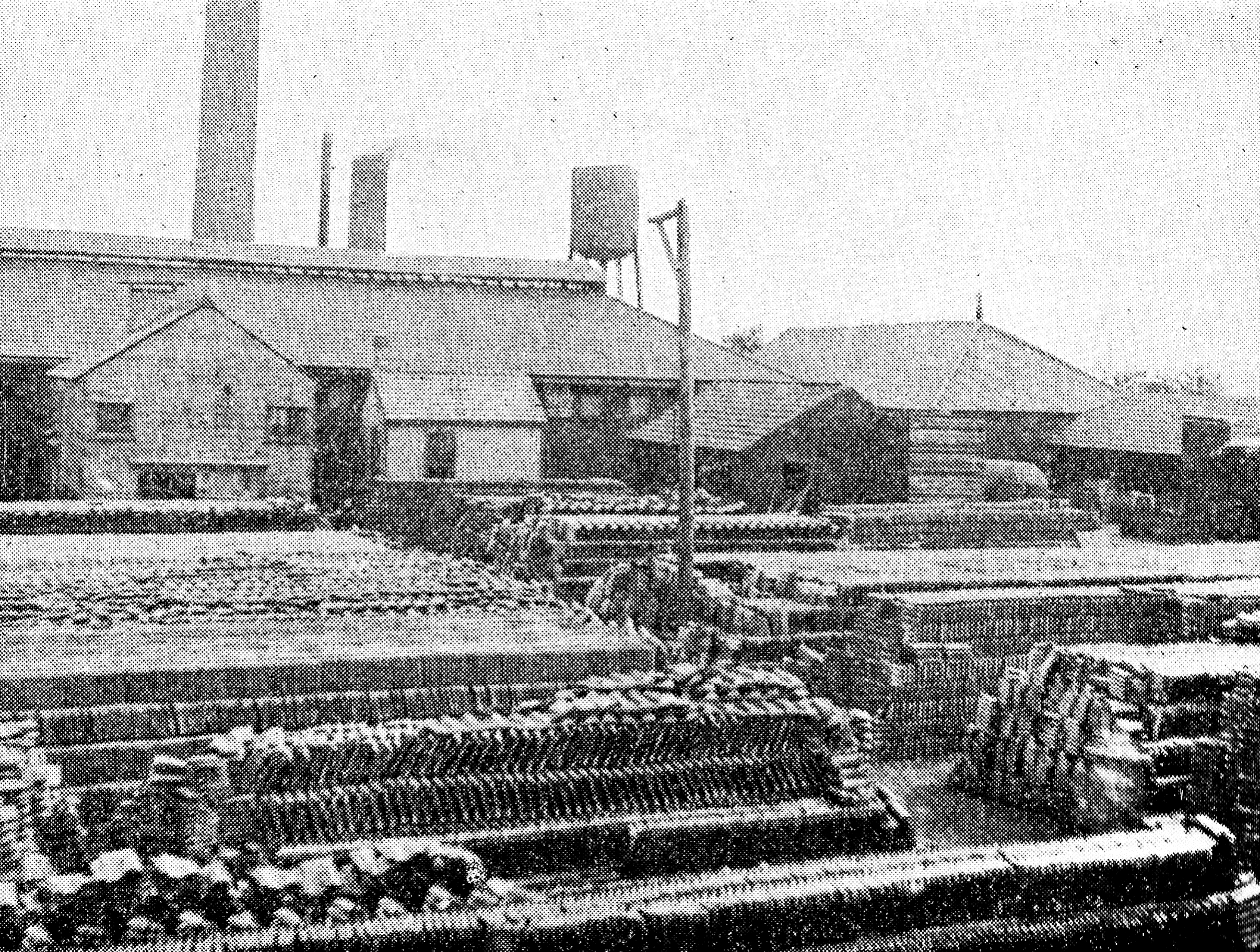
1893
Ludowici moves to Chicago
One of Carl Ludowici's sons, Franz, travels to the United States and finds American investors to form the Ludowici Roofing Tile Company in Chicago, Illinois. They use that year's Chicago World Exposition to advertise tiles made in the German factory, and quickly gain attention for their adaptable and durable tiles.
-
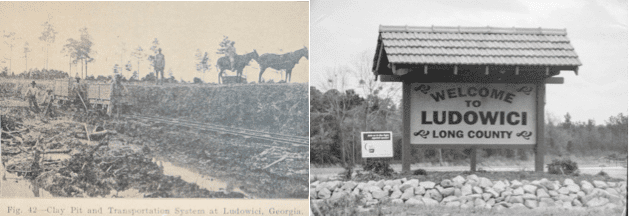
1902
Ludowici, GA factory
The Ludowici company builds a factory in the unincorporated community of Liberty City, Georgia. The community is later incorporated as the city of Ludowici, to honor the company for their local philanthropy.
-

1905
New Lexington, OH
The Celadon Company purchases the Imperial Clay Company and acquires its factory in New Lexington, Ohio.
-
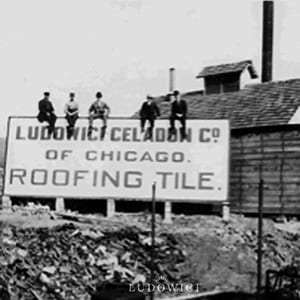
1906
Ludowici-Celadon is formed
The Ludowici and Celadon companies consolidate to form Ludowici-Celadon. After the acquisition, the plant is converted into the largest clay roof tile plant in the United States.
-

1908
Coffeyville, KS factory
Ludowici-Celadon purchases a plant in Coffeyville, Kansas and expands it.
-
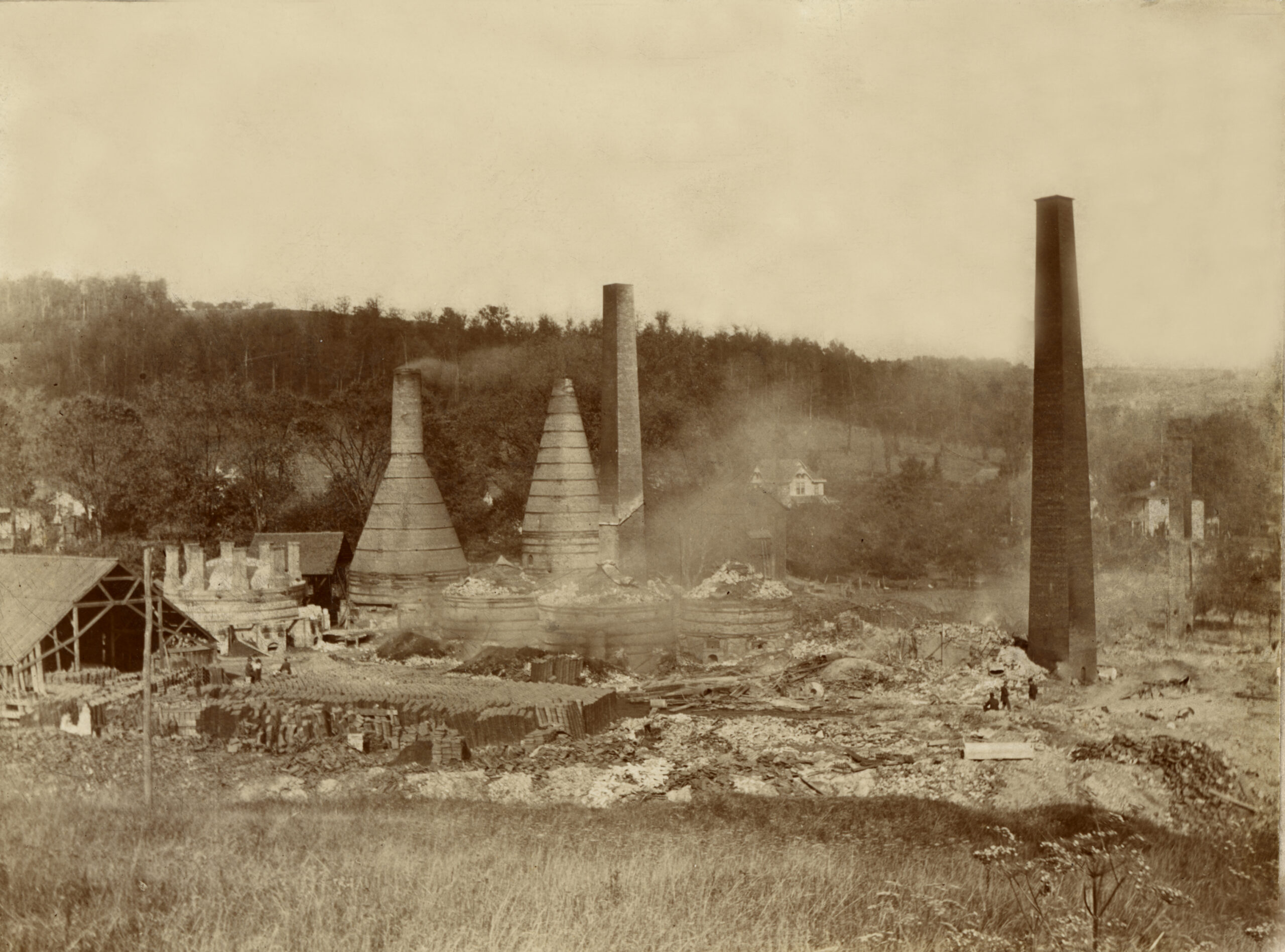
1909
Alfred factory burns
Because of the processes required in firing clay tile, fire is an ever present danger to the manufacturing facilities. The factory in Alfred, NY burns down and is never rebuilt. The company's legacy survives through the many terra cotta roofs throughout the village, and the college of ceramics at Alfred University, which the Celadon company helped form.
-

1913
Leaving Georgia, Losing Chicago
Over the years in Ludowici, GA over two million square feet of roofing was furnished for the government buildings in the Panama Canal Zone. After completion of most tiles for the Panama Canal Zone the Ludowici, GA factory is shut down. About a month later the Chicago Heights plant catches on fire and burns to the ground, never to be rebuilt. The company retains its main office in Chicago through the 1970s.
-
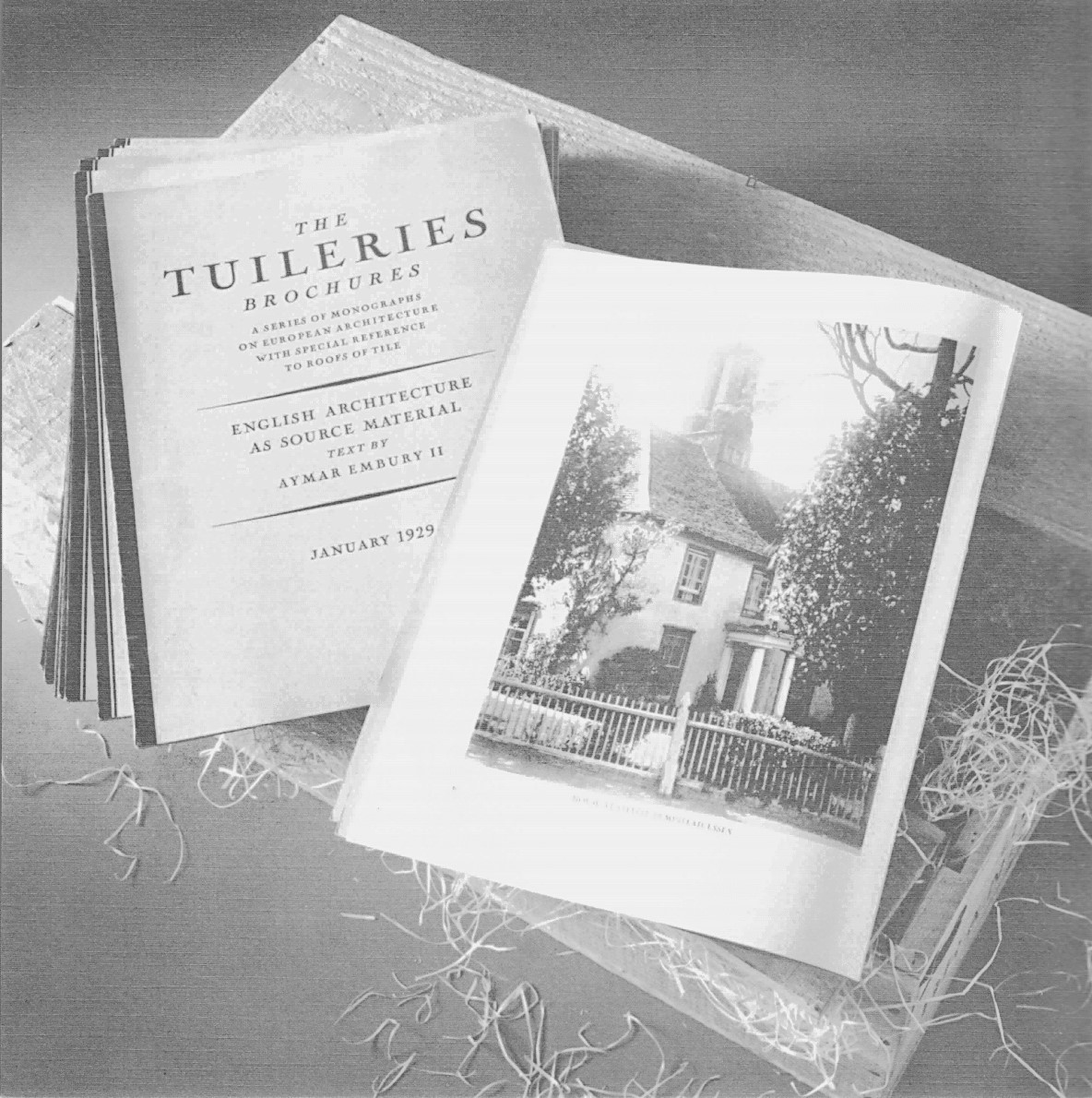
1929
Tuileries Brochures
Public interest in heritage building styles grows and Ludowici-Celadon responds by releasing the Tuileries Brochures, which feature detailed writings on traditional regional building styles written by leading architects of the era.
-

1942
World War II
Ludowici-Celadon suffers from loss of workers and domestic construction, but gains a lifeline through contracts for military bases and federal projects. It was around this time that the company made tile for the White House.
-
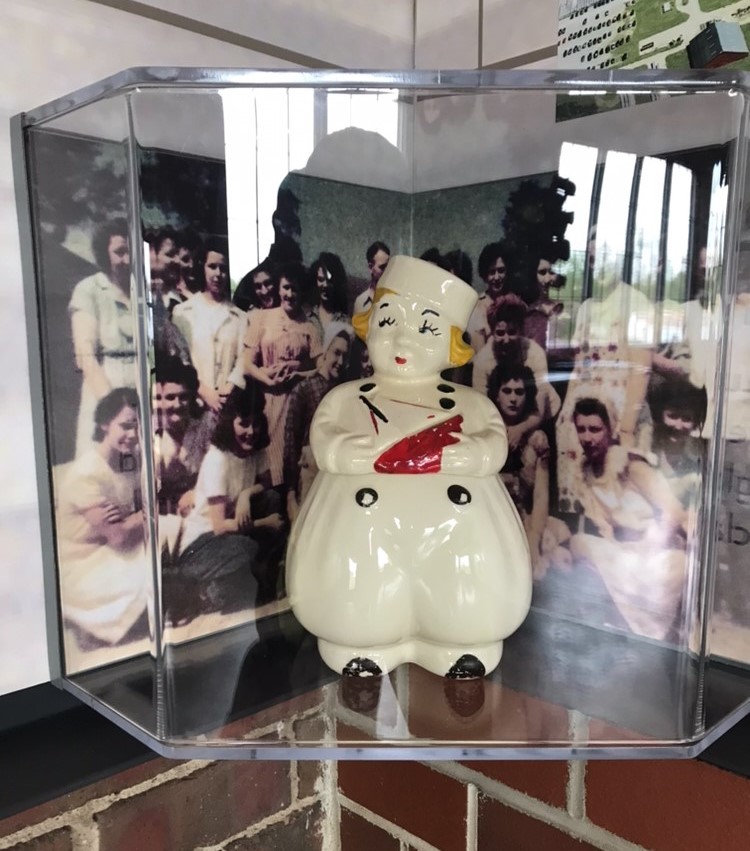
1944
Pottery
Roof tile production during World War II was minimal due to a shift in manufacturing focuses and the U.S. Economy. Factory workers at the New Lexington, Ohio plant instead produced terra cotta cookie jars to stay busy and employed. Both the New Lexington and Coffeyville plants open pottery divisions to help recover from the war. Over the next few years they produce many pieces, including the now-collectable Turnabout cookie jars for Walt Disney.
-
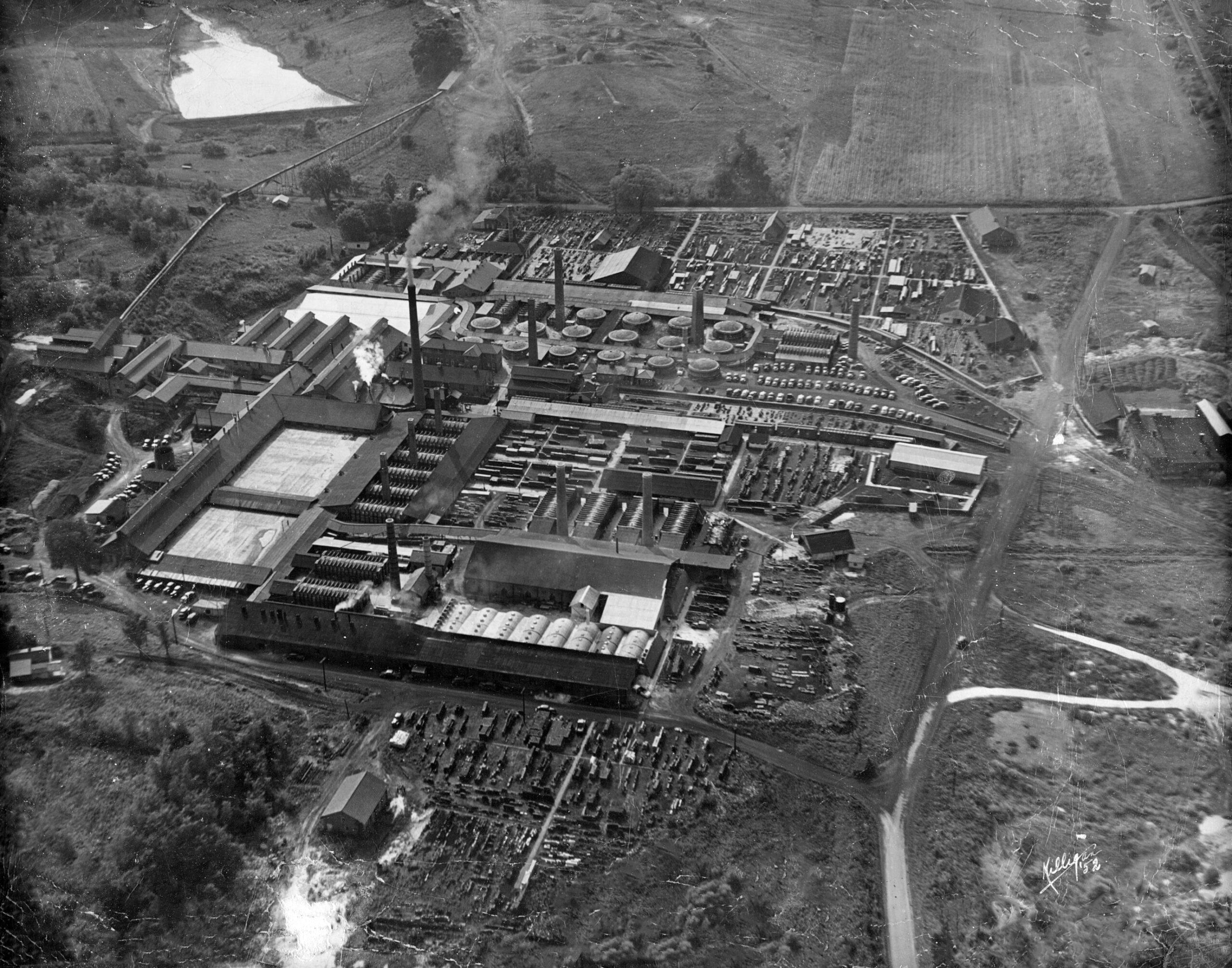
1956
Coffeyville, KS plant closes
The plant in Coffeyville, Kansas closes. The next year the New Lexington factory is declared the largest in the world.
-
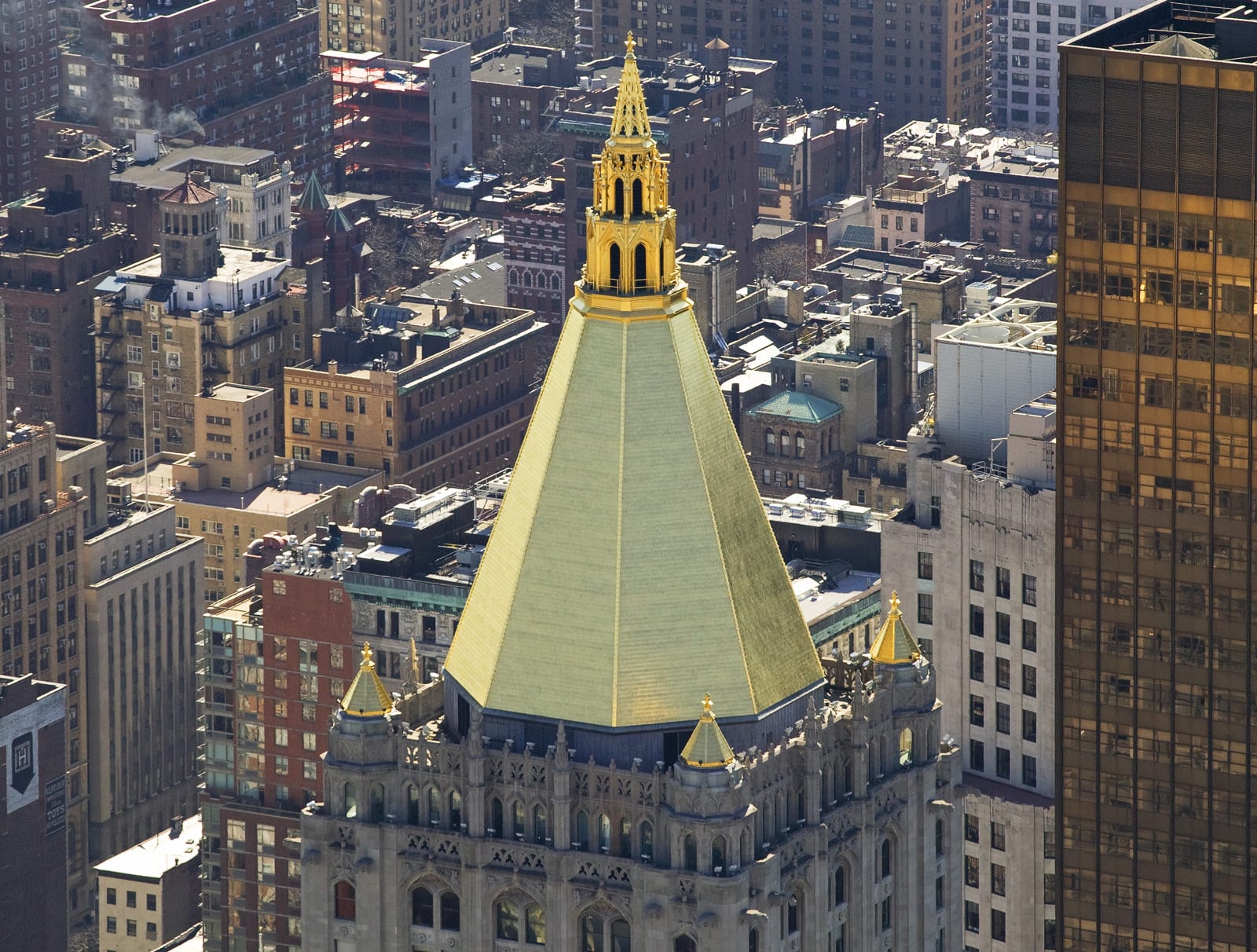
1966
New York Life Building
A notable project, Ludowici-Celadon creates gold-plated tiles to replace the failing gilded tower on top of the New York Life Building in New York City. Ludowici tiles remain in use there to this day.
-
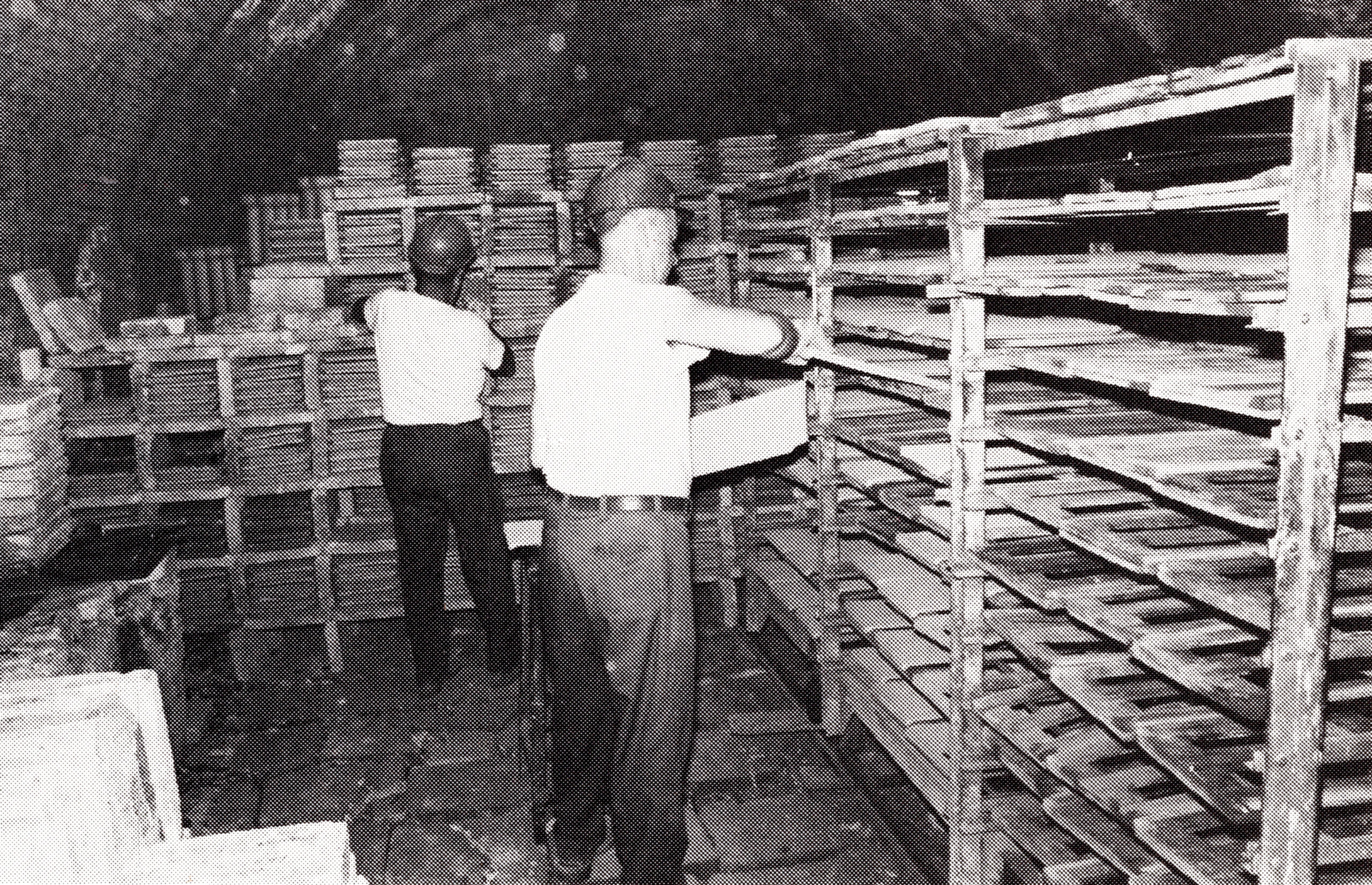
1976
CSC, Inc. of Chicago purchases Ludowici-Celadon
The company is purchased by CSC, Inc.
-

1980
Pennsylvania State Capital Building
Ludowici was selected to reproduce all the historical terra cotta on the Pennsylvania State Capital Building.
-

1986
Sponsors Exhibition
Ludowici-Celadon sponsors a national Contemporary Terra Cotta Competition with the National Building Museum. Six winners are chosen, with winning designs showcased around the country.
-

1989
Ludowici-Celadon sold to CertainTeed, Inc., a division of Saint-Gobain
The company is sold to CertainTeed, a division of Saint-Gobain.
-

1994
Name changed to just Ludowici Roof Tile
Ludowici-Celadon is renamed Ludowici Roof Tile.
-
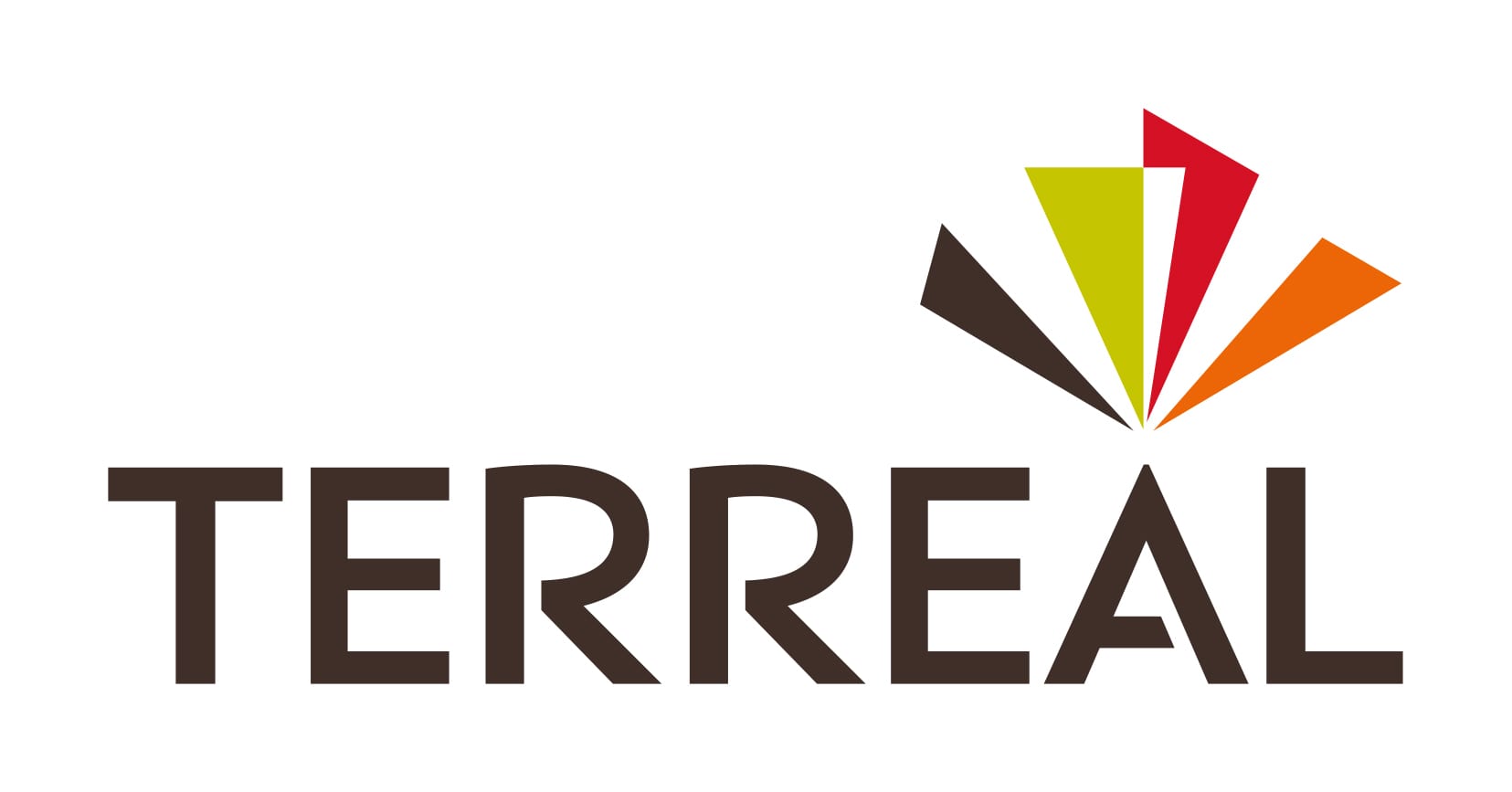
2003
Management of Ludowici Roof Tile transferred to Terreal, another division of Saint-Gobain
Ludowici's management is transferred to Terreal, which is then spun off from Saint-Gobain
-
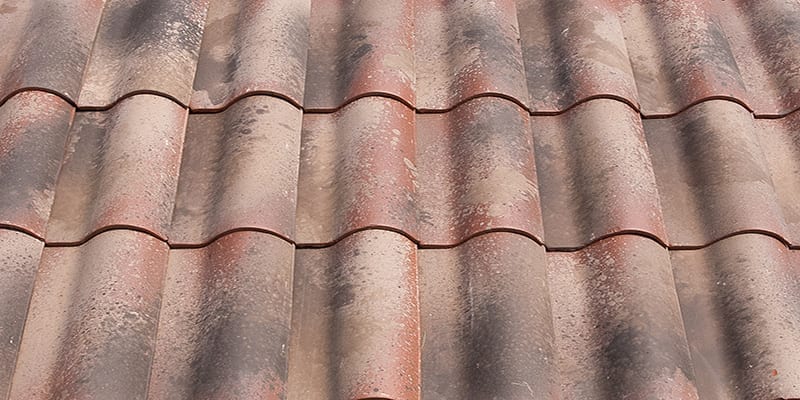
2003
Ludowici Introduces Impressionist Series
Ludowici unveils the Impressionist colors, which use a new glaze application method to apply up to four separate glazes to the same tile. The Impressionist Series was introduced by Ludowici to allow brand new roof tiles to have an aged appearance with a spectacular color range.
-
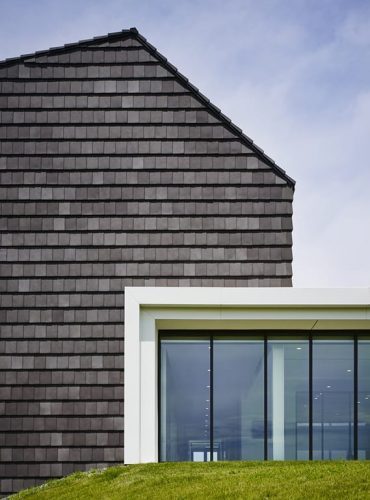
2003
2003 Ludowici introduces NeXclad
2003 Ludowici introduces NeXclad, the industry's most economical terra cotta wall cladding system.
-

2007
Colorado University at Boulder Hires Ludowici
Notable project, Colorado University at Boulder is one of many examples of higher learning Institutions that select Ludowici terra cotta tiles to crown their buildings.
-
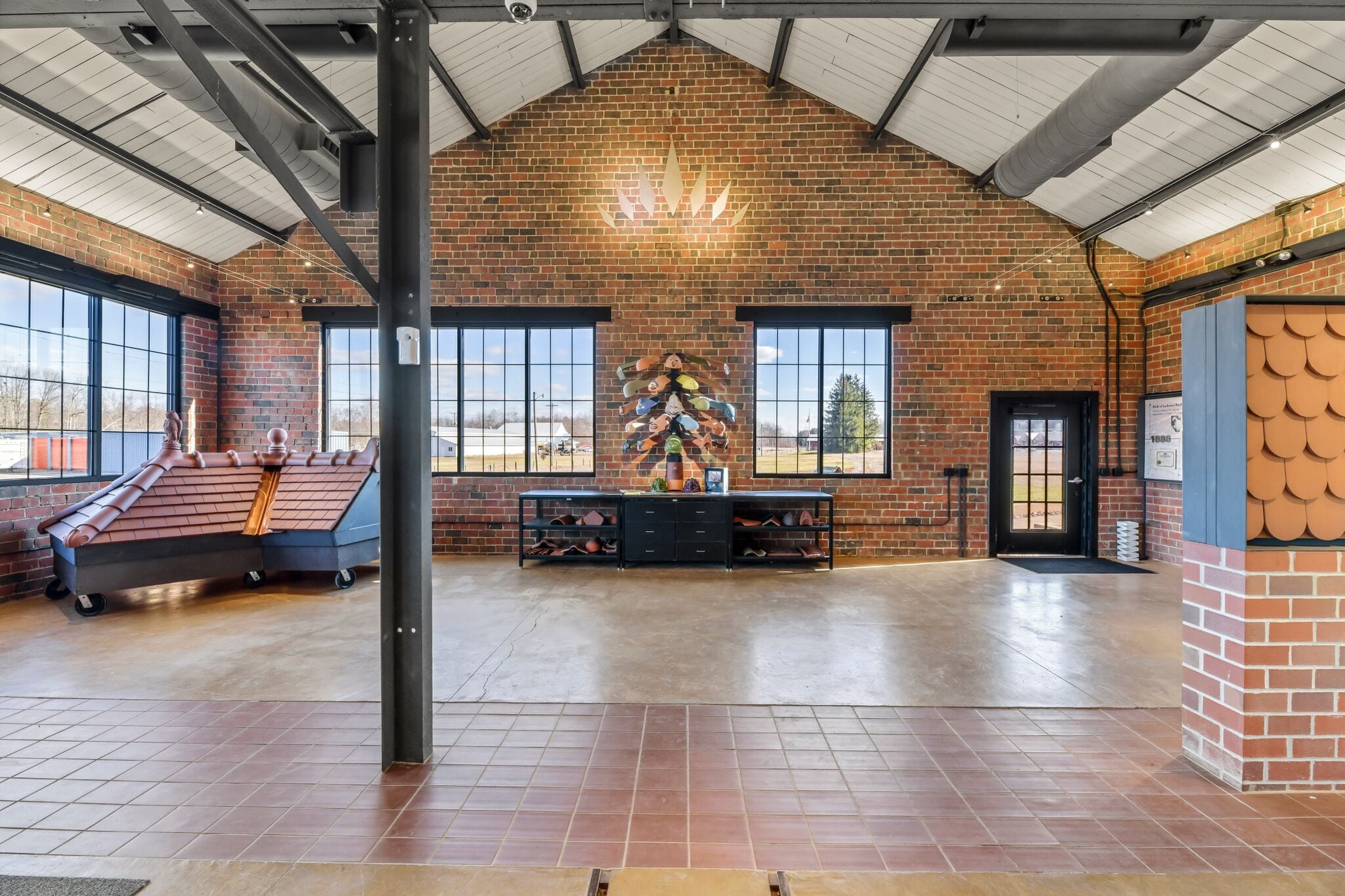
2007
Grand Opening of the Factory of Ideas Design Center at New Lexington Plant
The company's first showroom is created when Ludowici renovates a former shipping building to create the Factory of Ideas
-
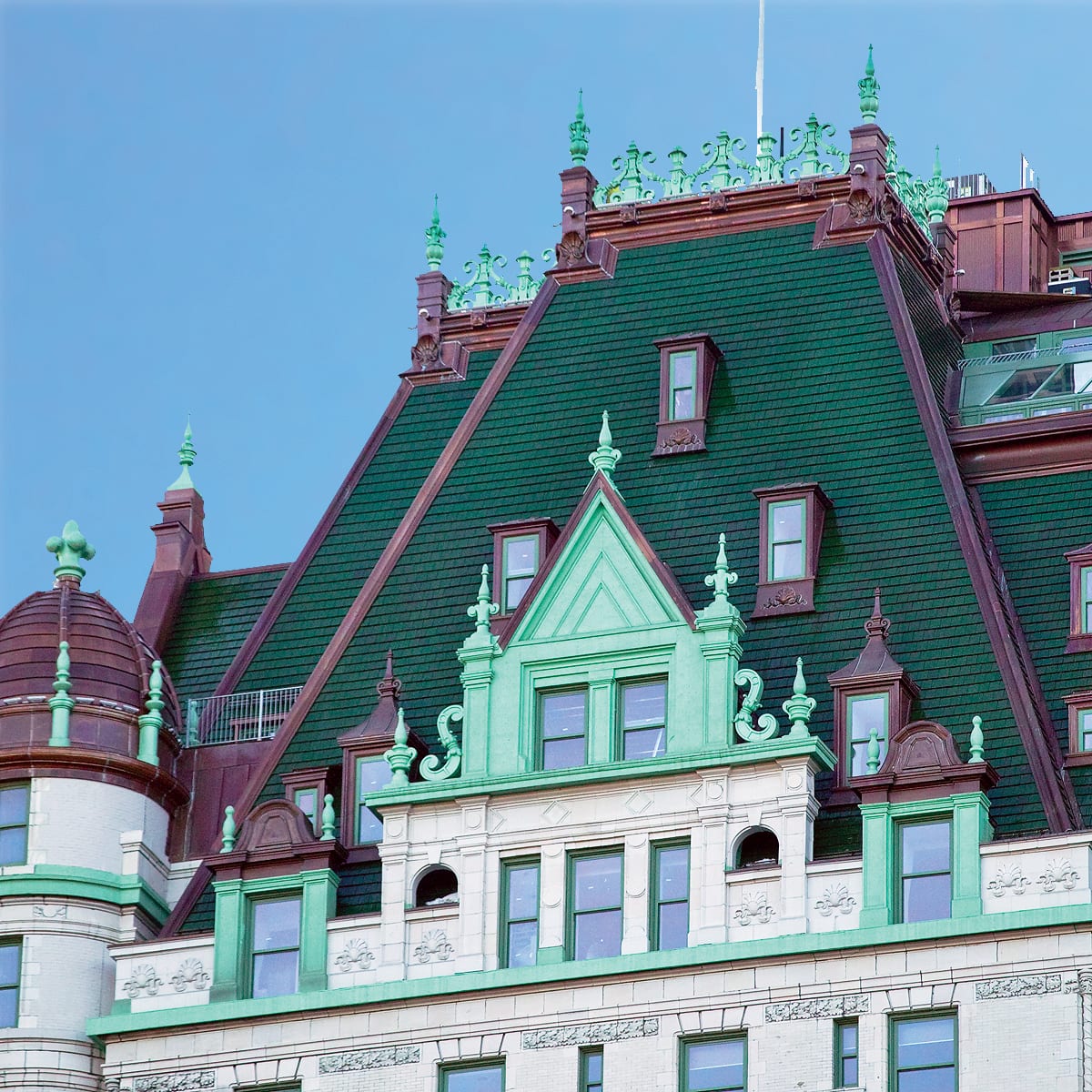
2008
Plaza Hotel Renovation
The Plaza Hotel was originally built with Ludowici Roof Tile in 1910 and the roof was renovated in 2008 with tiles that were exact replicas of the original.
-

2009
Duke University Renovation
Duke University was originally built with Ludowici Roof Tile in 1927 and the roof was renovated in 2009 with tiles that were exact replicas of the original.
-
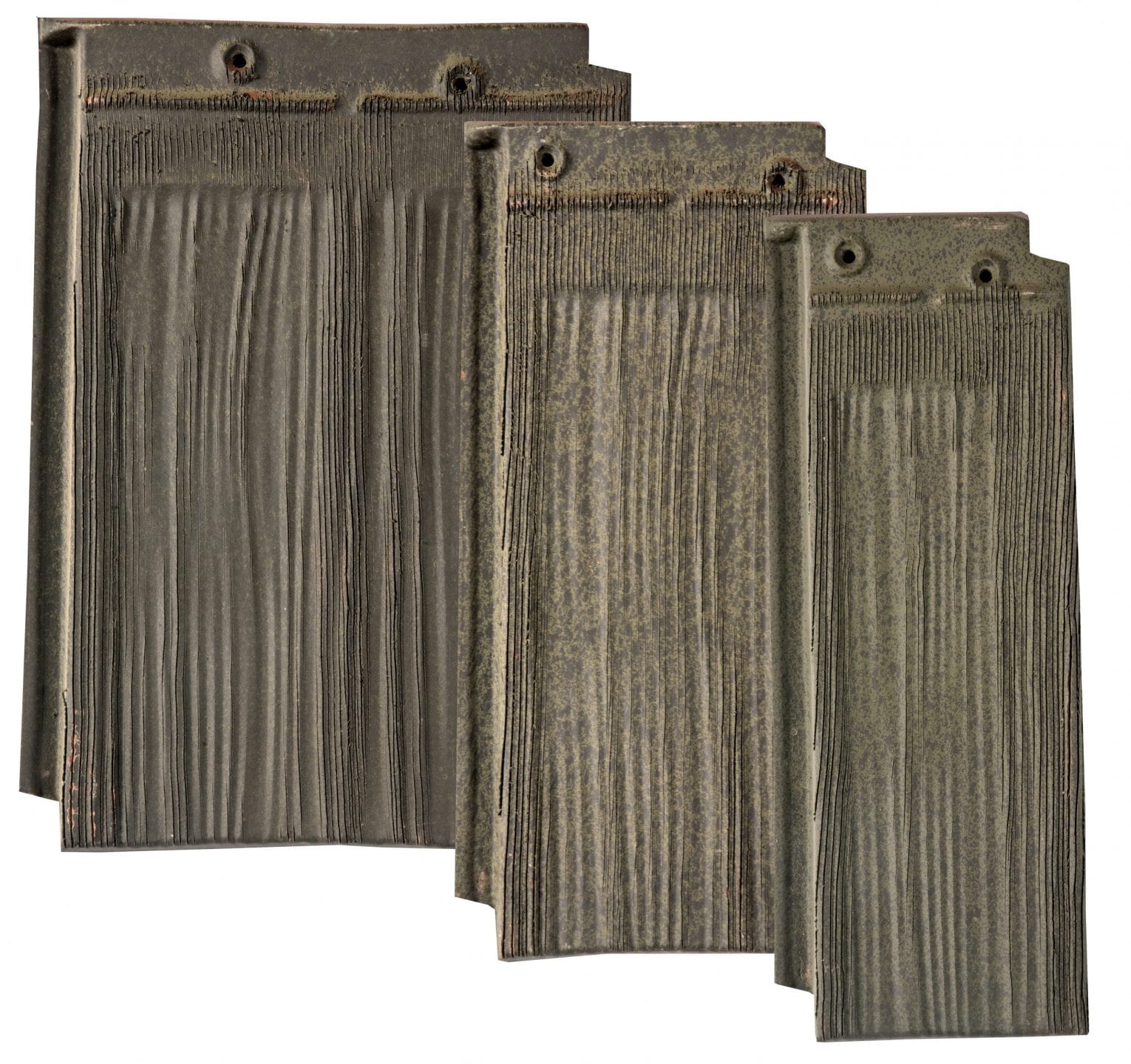
2012
Ludowici Introduces First Ever Light-Weight Tile
Ludowici introduces the industry first light-weight terra cotta roof tile in a slate and shake texture.
-
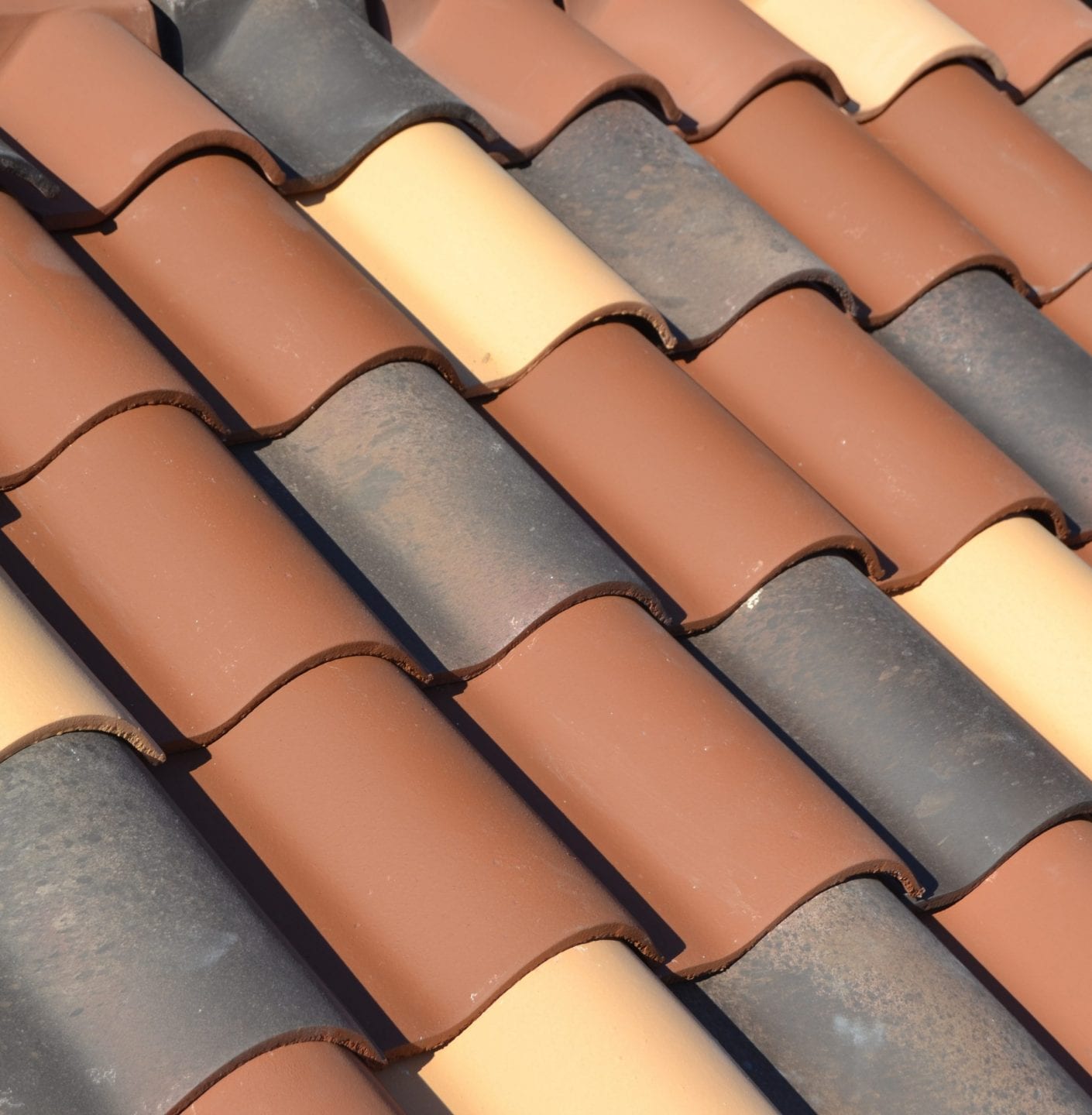
2014
Ludowici Introduces First Ever Recycled Tiles
Ludowici introduces the industry first recycled product that meets and exceeds performance levels of terra cotta tiles produced with 100% virgin clay.
-
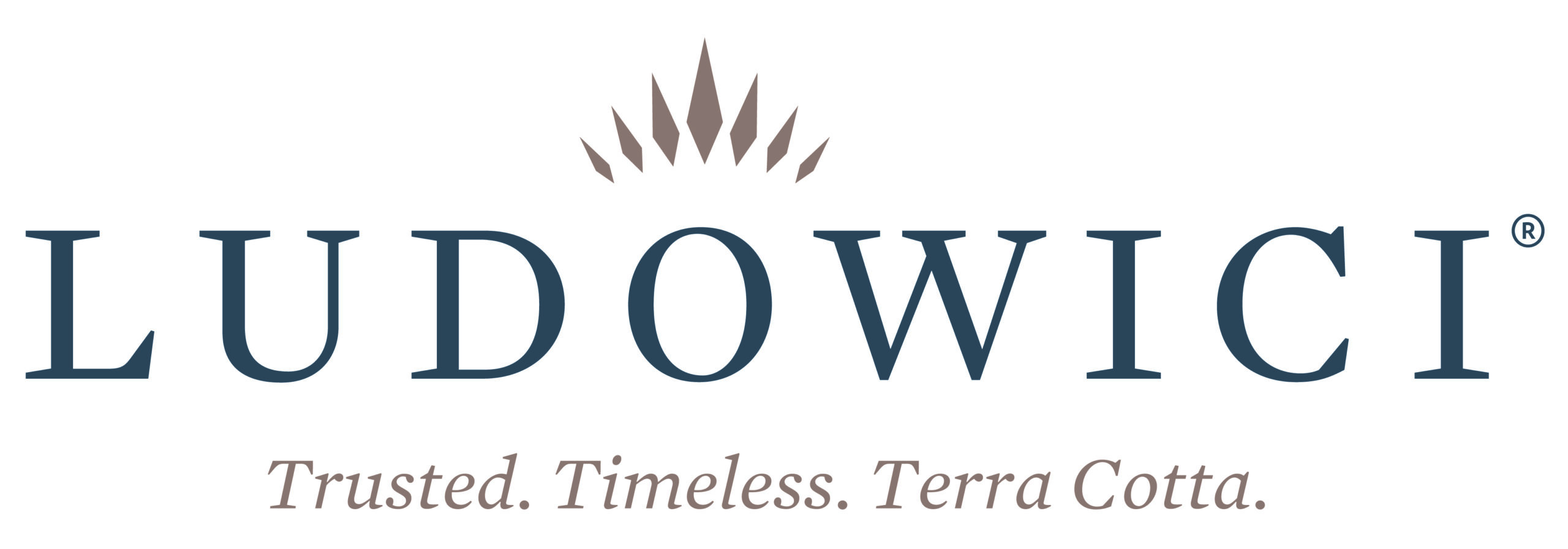
2015
Rebranding
Ludowici undergoes major rebranding, drops Roof Tile from name to emphasize wide potential of terra cotta
-
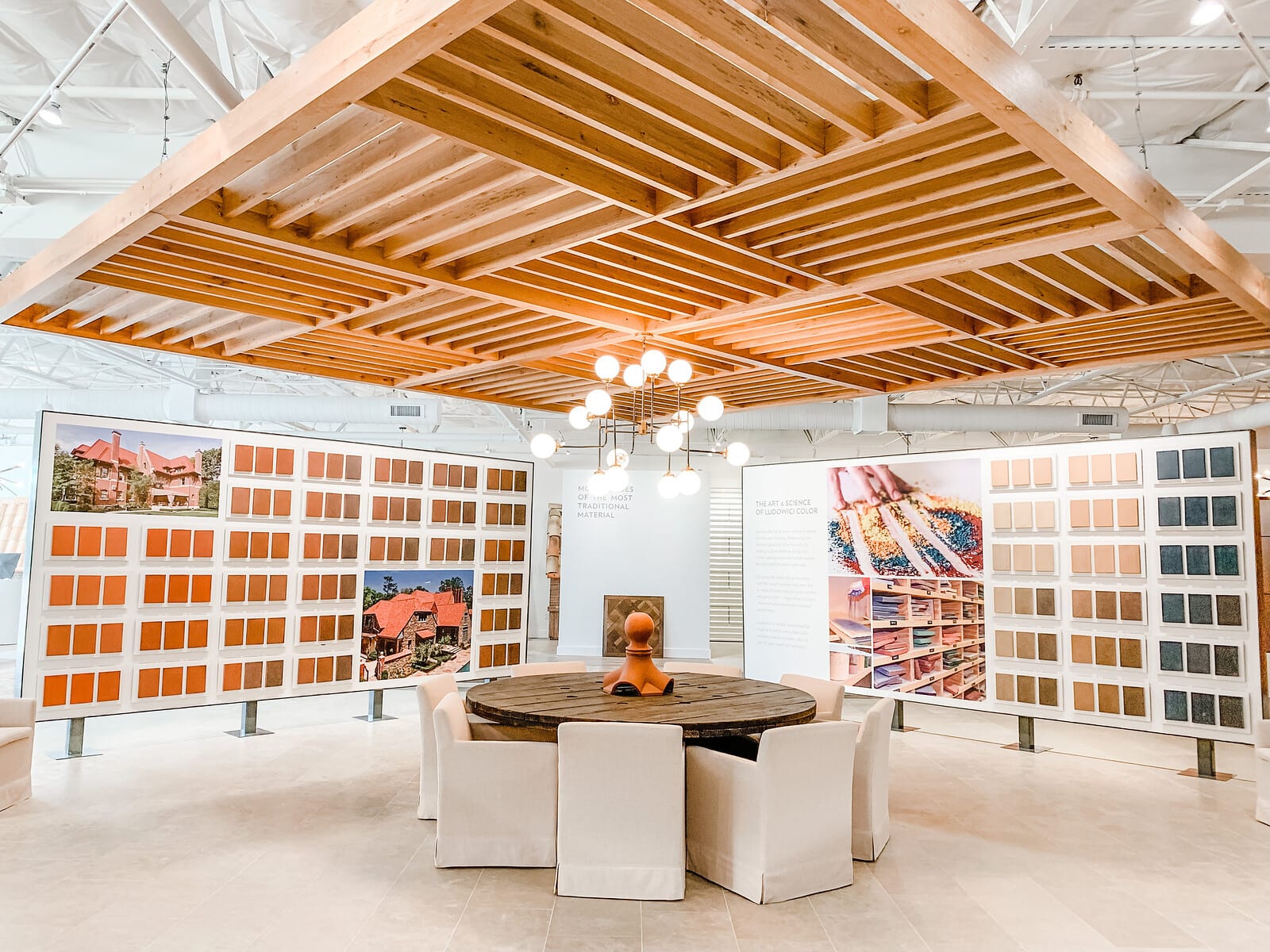
2019
Grand Opening of Ludowici's Dallas Design Center
Ludowici opens it's first flagship showroom located in the heart of the Design District in Dallas, TX, allowing for architects and customers to see wide range of tiles available.
-
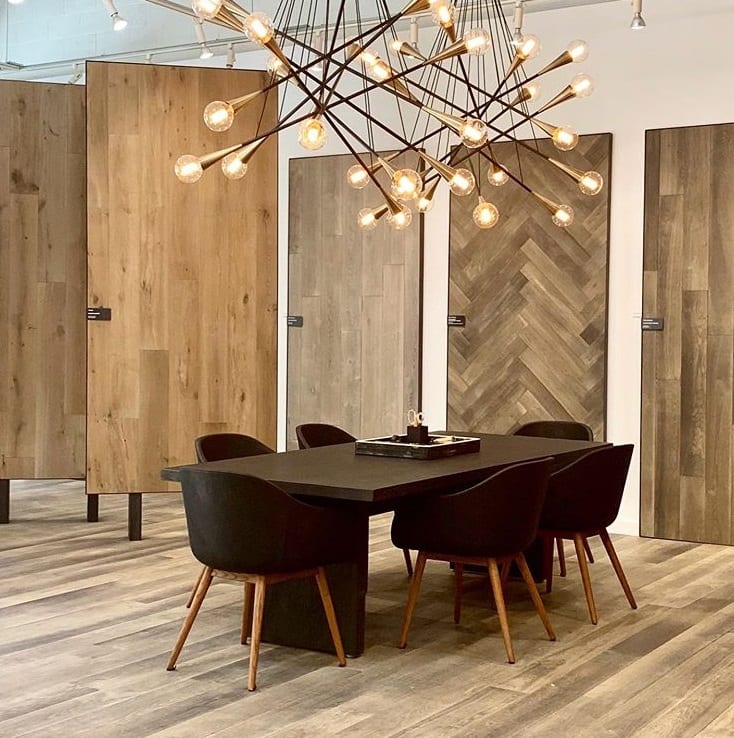
2019
Ciot Atlanta
Ciot’s newest location opened in October of 2019 in Atlanta, Georgia. Ludowici has partnered with CIOT to include a permanent partner wall on display in their Atlanta showroom.
Visit Ludowici
Tour the factory and visit our Factory of Ideas to experience Ludowici old-world craftsmanship for yourself.
Schedule a Tour